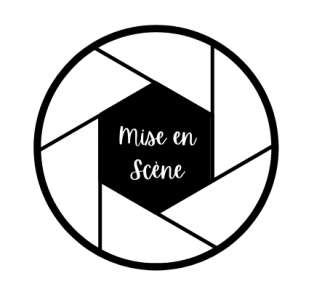Frame Analysis
Frame analysis in the context of film refers to the detailed examination of a single still image in a moving picture. It involves the consideration of the various formal elements that make up the mise en scène. Meaning ‘placing on stage’ in French, mise en scène concerns what we see onscreen. This includes the arrangement of the set, actors, depth of space, light and colour, and both the positioning and angle of the camera. To analyse mise en scène in a film is to assess the visual composition of a frame.
An essential arrow in the quiver of any film interpreter, frame analysis offers a useful critical tool for exploring a film’s process of meaning-making. Just as close reading can be an important component of literary analysis, investigating the art of a given frame or sequence of frames can be crucial when it comes to film analysis. Frame analysis is also, I think, simply a fun and interesting way to understand film. I like to think of it as assembling a jigsaw puzzle, where the pieces are formal elements such as light, space, and angle.
Me
Hi, I’m Sophie, an English Literature postgrad and cinematic gourmand. Here I aspire to peer through the camera lens to deconstruct form, identify meaning, and provide a glimpse into the minds of film directors.
I first became interested in frame analysis in my first year of university, while undertaking a module called Classical Hollywood in Focus.
Among my favourite film genres are horror, mystery, and Hitchcockian thriller, though I’m also always a sucker for urban fantasy.


